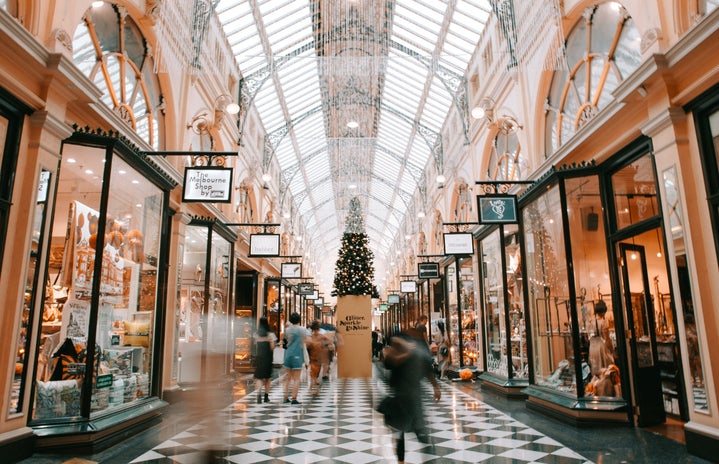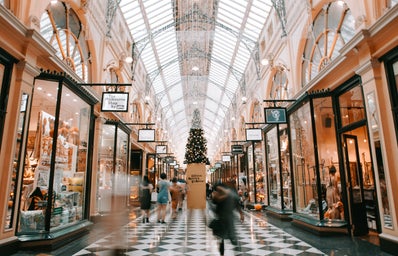There is nothing quite like walking into a newly glossed modern castle where all the fast food I could eat at one place and where the racks upon racks of clothing turn into a maze I could so easily lose myself in. Especially for a small-town girl like me who didn’t grow up five minutes away from a mall, malls will forever carry a certain aesthetic, an aesthetic that is slowly turning vintage, even before 2020.
Dead Malls are not a new concept for the United States, in fact, according to an article by businessinsider.com, 8600 stores closed in 2019 following a “retail apocalypse”, and this was before the absolute monster of a year to come right after. CNBC additionally predicted that twenty five percent of U.S malls are expected to shut down within five years’ time as of last year: “The coronavirus pandemic has accelerated a demise that was already underway.”
And in South Africa? According to The Sunday Times, South Africa has the sixth highest number of shopping malls in the world, and it is becoming increasingly difficult for some of our previously most famous malls to attract customers. With famous shopping centers around South Africa, such as the V&A Waterfront in Cape Town and the Sandton City Mall, a symbol of Africa’s “richest square mile”, left nearly empty throughout the year, many of the long running stores in the centers disappeared after the guests did. After all, many shopping centers couldn’t afford to lower their rent or make any compromises for the stores and stalls they relied on.
With malls once being the downfall of local mom-and-pop stores that just couldn’t keep up with the level of excitement and entertainment that came with the mall experience, it seems as though the tables have finally turned, and it is the local online businesses now receiving the much-needed shine during lockdown.
From stationery and stickers to candles and resin sculptures, small online businesses selling for every niche have been propping up everywhere since the start of lockdown, making it ever more convenient for consumers to indulge in creature comforts without compromising their health. And with platforms like TikTok and Instagram, it has never been easier to promote your business as well as engage with potential customers. However, what online shopping lacks will be what could put shopping malls back on the map.
Malls are evolving in the eyes of consumers today; they must become an experience to draw guests in and keep them interested and wandering and shopping. As Gen Z’s grow older, their buying power increases and so does their say in where the family goes shopping. “[Gen Z’s] are looking for authentic, responsible and conscious experiences and want to engage with spaces. For them the experience trumps the product.” says trend analyst Dion Chang. For malls to keep afloat, they will need to create an experience that will not only draw us but keep us coming back.
However convenient and interesting online retail is, bringing us new wonderful businesses that sell products some of us didn’t even know existed, we shouldn’t forget about malls and what they used to mean to us. Even though we might not shop there as much as we used to, malls will forever be a staple in the teen media of the early 2000s.


